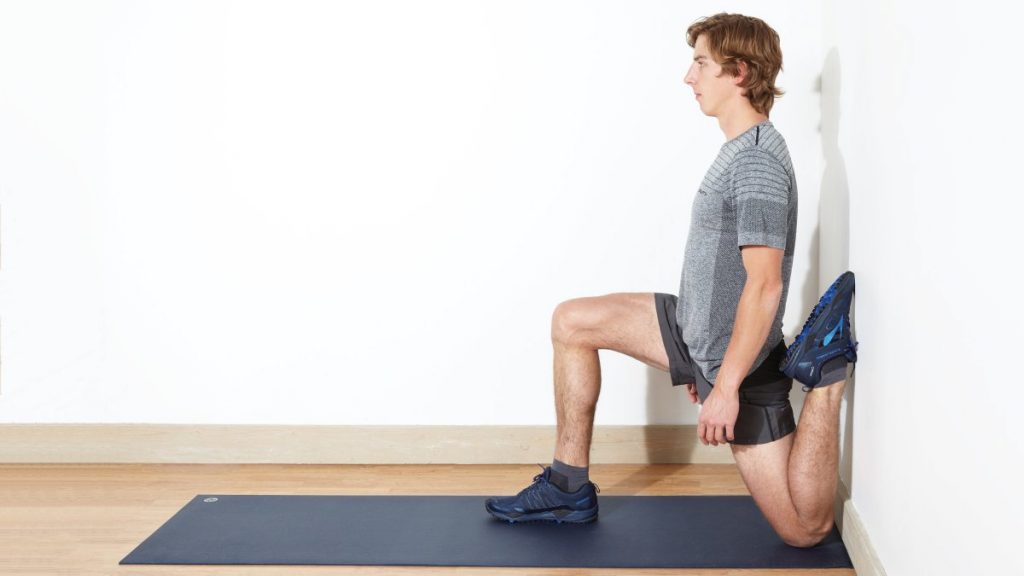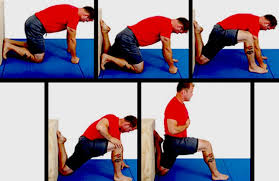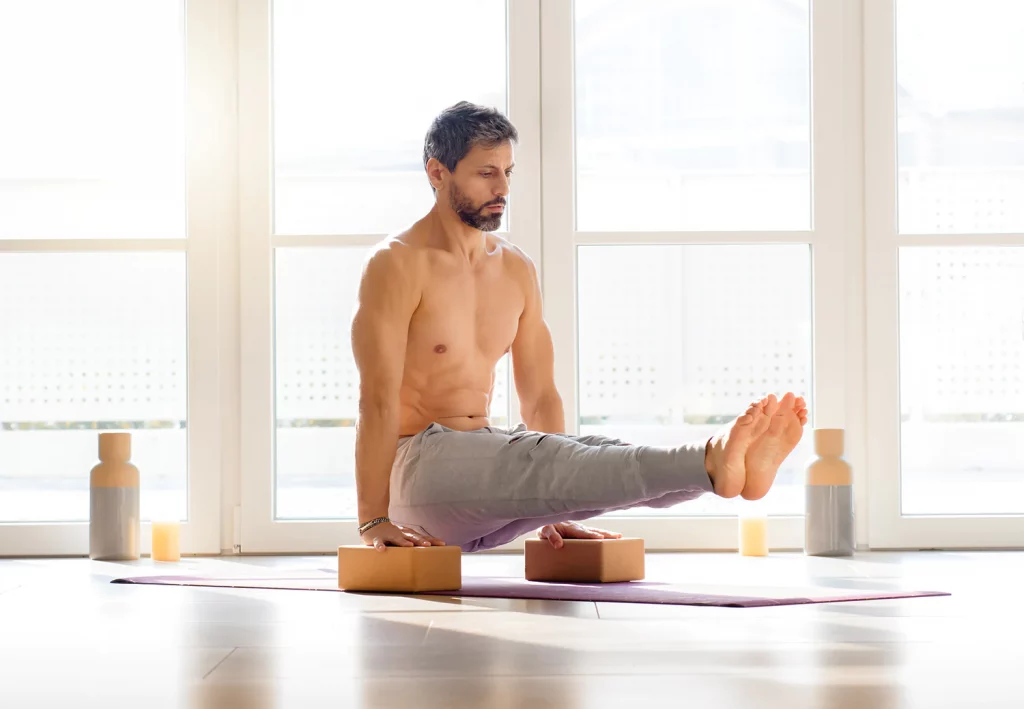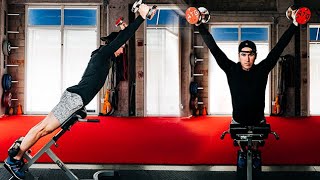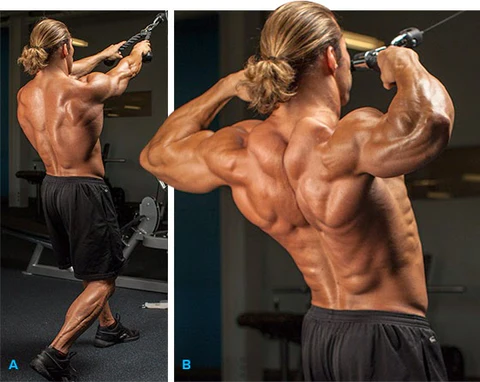In this fascinating video, we’ll look at the fascinating history and amazing benefits of Walking Backwards sledge training. This unique workout has evolved from its ancient beginnings in Asia to its present application as a potent tool for enhancing knee health and general fitness. Join us as we discover about the science behind it and how it has improved the lives of many people, including our dynamic narrator, Ben Patrick, also known as The Kneesovertoesguy.
The Historical Significance of Walking Backwards
Reverse sledge training has a rich history spanning generations. It originated in Asia and was passed down from generation to generation as a means of preventing arthritis in the elderly. This simple yet efficient method was prized for its capacity to keep ageing people’s joints healthy and mobile.
Louis Simmons: The Powerlifting Connection
Louis Simmons, widely regarded as one of the most effective powerlifting instructors of all time, is an important figure in the history of backward sledge training. Powerlifters in Finland, noted for their amazing leg strength, ascribed their prowess to the habit of dragging trees as part of their forestry labour, according to Louis. Realizing the possibilities of this unusual activity, Louis integrated it within the realms of fitness and strength conditioning.
Personal Testimony: Backward Training for Knee Pain
Ben Patrick describes his personal experience with backward sledge training in the video. He notes that backward mobility is especially good for people who have knee problems. Moving backward, as opposed to forward activities, can help to reposition the knee into a more advantageous posture. This change allows for different muscle involvement, which may alleviate knee discomfort and promote overall joint health.
Unlocking Knee Protection Through Walking Backwards Training
Furthermore, the video shows how consistent backward sledge training can lead to improved knee protection. Those who perform this one-of-a-kind workout eventually strengthen the muscles surrounding the knee joint. These muscles serve as a protective shield, lowering the likelihood of knee injury. Ben emphasises that he has personally experienced the transformational effect of reverse training, and that it has become an essential element of his workout routine.
Visualizing Muscle Engagement
One of the most noticeable benefits of backward sledge training is the effect it has on muscle engagement. The video shows how muscles, notably those in the quadriceps and VMO (Vastus Medialis Obliquus), protrude and engage significantly during rearward movement. Its involvement is noticeably greater than during advance exercises. Strengthening these muscles is necessary for a variety of athletic tasks, including jumping and overall lower-body performance.
A Game-Changer for Rehabilitation
Backward sledge training is a safe and effective approach for those undergoing rehabilitation. The video emphasises how this exercise can be tailored to different fitness levels, making it appropriate for people with limited mobility or those recuperating from injuries. Individuals can recover strength and mobility while limiting the danger of additional injury by gradually working within their pain-free range of motion.
Comparing Walking Backwards Treadmill and Sled Training
The movie also compares two popular backward training methods: the sledge and the treadmill. Both are effective, yet they each have significant advantages. The sledge adds resistance, which increases muscular engagement throughout the body, from the feet to the hamstrings. The backward treadmill, on the other hand, allows people to balance themselves and provides a gentler kind of exercise, making it a good alternative for those who are new to backward training or have specific mobility difficulties.
Accessible to All
Ben Patrick emphasises the necessity of making backward sledge training accessible to people of all fitness levels. This inclusivity is a core tenet of the Knee Ability System, a fitness programme meant to improve knee health and general well-being. Backward sledge training’s versatility and adaptability correspond with this goal, making it a feasible alternative for anyone wishing to improve their joint health and physical fitness.
Versatile for Various Fitness Goals
The video emphasises the adaptability of backward sledge training. It benefits not only those seeking knee pain treatment and enhanced joint health, but also those with a variety of exercise goals. Backward sledge training can help people improve their strength, endurance, and agility, no matter what their goals are. Because of its versatility, it is an excellent supplement to any workout regimen.
Walking Backwards
Backward sledge training, in conclusion, is a fascinating exercise with a long history and a growing body of scientific evidence supporting its advantages. This unusual practise has progressed from its Asian origins to its adoption by powerlifters and fitness aficionados, becoming a potent tool for improving knee health, muscle engagement, and overall fitness.
Backward sledge training, as seen in the video, provides a safe and effective alternative for anyone seeking pain alleviation, joint protection, and increased physical performance. Because of its adaptability and inclusiveness, it is suitable for people of various fitness levels and ages.
Consider incorporating backward sledge training into your programme if you’re healing from an injury, seeking to improve your lower body, or pursuing various fitness goals. With the potential to improve knee health and overall well-being, it’s an exercise worth investigating and including into your fitness routine.

